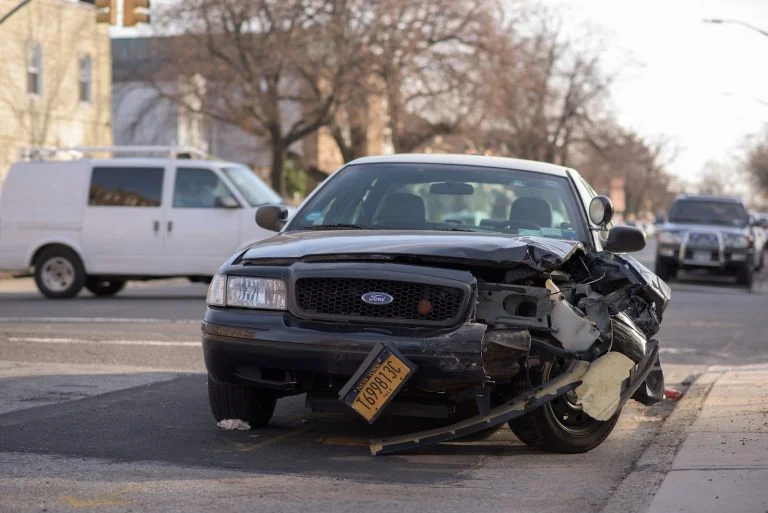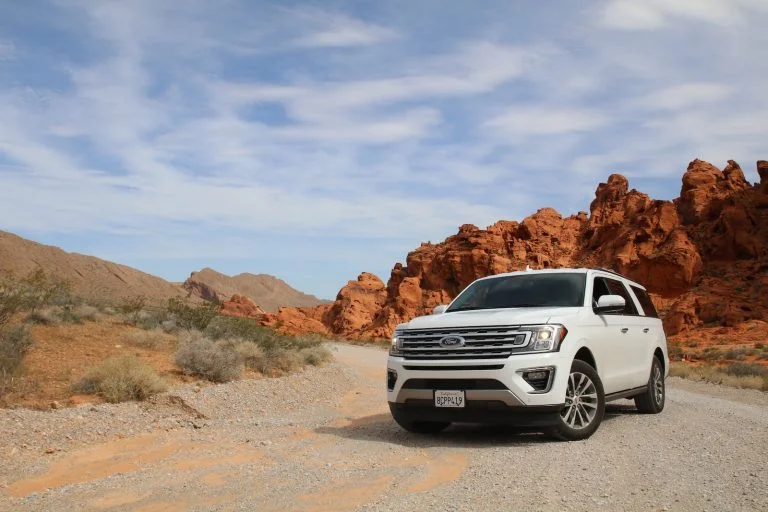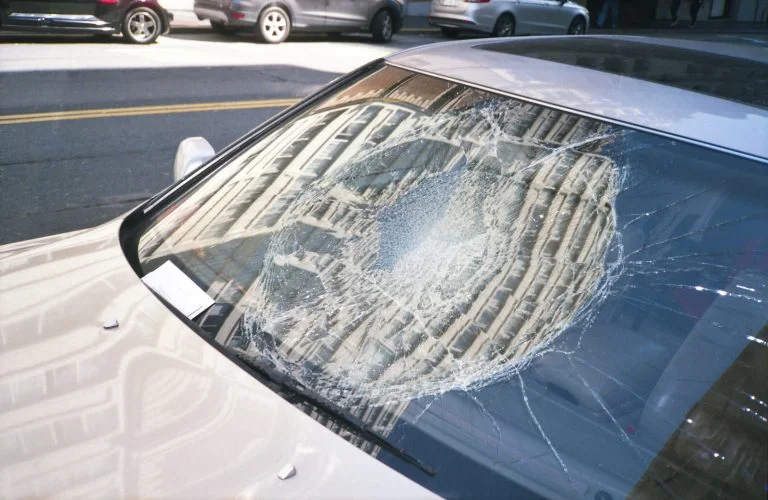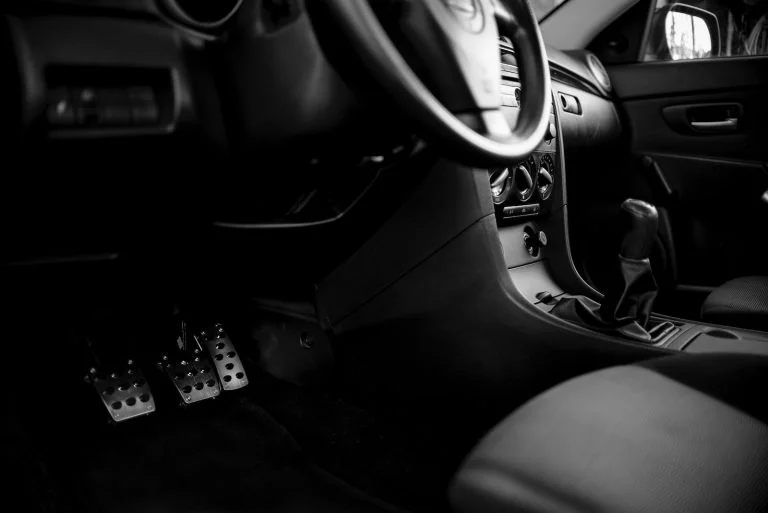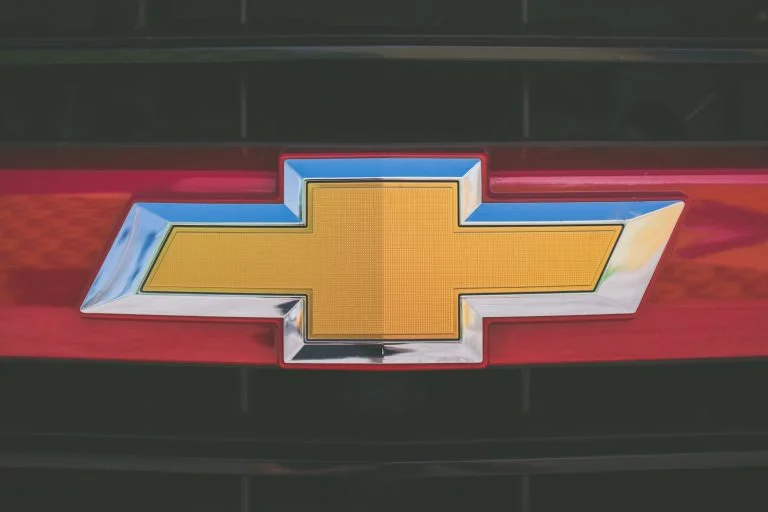Auto
23 Items You Need For Your Winter Emergency Car Kit
Driving through winter storms can be treacherous, but the right preparation and equipment help ensure your safety. These essential items create the best winter car emergency kit out there, providing peace of mind and a crucial lifeline during harsh weather conditions. 23 Essential items for your car emergency kit The best winter car emergency kit […]
UPDATED: OCTOBER 05, 2023
List Of Car Accidents By State (Updated 2023)
Car accidents remain a prevalent issue across the U.S., with variations evident from state to state. Influenced by factors like population density, infrastructure, and driving habits, some states report alarmingly high rates while others maintain relatively low figures. Let’s review the statistics to get a clear picture of the situation nationwide. List of car accidents […]
UPDATED: SEPTEMBER 11, 2023
Ultimate Car Service Checklist (Updated 2023)
Owning a car is more than just driving. Regular maintenance ensures smooth functioning and longevity. This car service checklist provides guidance for first-time checks and continued upkeep. 1. Engine and exhaust maintenance Battery and contacts First-time checks on a car should include thoroughly examining the battery and contacts. Regular inspections ensure optimal functionality. A weakened […]
UPDATED: SEPTEMBER 11, 2023
States With No Deductible Windshield Replacement
Your car’s windshield is covered under the comprehensive portion of your insurance policy. But comprehensive coverage is subject to a deductible, and glass repairs are typically only a few hundred dollars. This means, unless you have no deductible windshield replacement coverage, you pay for windshield repairs yourself. Unfortunately, this causes many windshields to go unfixed. […]
UPDATED: AUGUST 11, 2023
Is It Illegal To Drive Barefoot?
Do you remember learning that it’s illegal to drive barefoot? A lot of people do. But it’s actually an old urban legend that’s been around for decades. The fact is, it’s not illegal to drive barefoot in any state. That said, some states have a few stipulations that drivers should be aware of before getting […]
UPDATED: SEPTEMBER 15, 2023
Best Cars For College Students (Updated 2023)
College life is an exciting and transformative period; having the right wheels can enhance the experience. When looking for the right car, you must consider affordability, fuel efficiency, reliability, and safety. Whether commuting to campus or embarking on weekend adventures, we think these are the best cars for college students. Table of contents: Top 5 […]
UPDATED: SEPTEMBER 01, 2023
30 Cities With the Most Car Accidents
Car accidents can happen in the blink of an eye, changing lives forever. Every year, thousands of accidents occur on roads around the world, causing injuries, fatalities, and untold emotional trauma. That’s why it’s important to be aware of the places where accidents are more prevalent, so you can approach the roads with caution and […]
UPDATED: JULY 08, 2025
Top 5 Most Stolen Cars
Car theft is a pressing concern that affects countless Americans. To protect your prized possession, being aware of the most stolen cars in the country is crucial. Understanding the trends and taking preventive measures can significantly reduce the risk of falling victim to car theft. In this article, we’ll explore the latest statistics, go over […]
UPDATED: JULY 08, 2025
Your Guide To Short-Term Car Insurance
Typically, major insurance companies do not provide temporary auto insurance policies, as they usually require a minimum policy term of six months or even a year. Be cautious of insurance companies advertising short-term coverage, as they may provide limited coverage and poor customer service. Canceling your standard auto insurance mid-term for a period shorter than […]
UPDATED: AUGUST 25, 2023
Gas vs. Electric Car Fires: Understanding the Safety Factors
Are you concerned about car fires and the safety aspects of different types of vehicles? This article sheds light on the safety factors associated with car fires. With the rising popularity of electric vehicles (EVs) and the long-standing dominance of gasoline-powered cars, it’s crucial to understand the unique fire risks and safety considerations for each. […]
UPDATED: AUGUST 24, 2023

